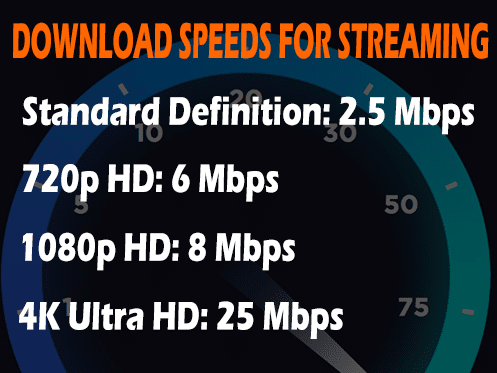
Video chatting on Zoom, Skype, FaceTime, etc.Here are some other ways we make use of upload speeds: Granted, you don't need terribly fast upload speeds to do this, but you're using the upload side of your connection nonetheless. When someone "likes" your cat video (it's possible it was me), they are uploading data.

When you type in "new iPhone case" in the search bar and hit Enter, you're uploading data. Now, I'd bet you really don't think about it when you're posting the seventh video of your cat to Instagram today (keep 'em coming!), or when you're logged into Zoom for a meeting, but both of these everyday activities involve uploading data to the internet.Īlso, consider this: When you search for House of the Dragon on HBO Max, you are entering data and sending it to the internet - that's an upload. James Martin/CNET But fast internet upload speeds will come in handy every day Users at these speeds can "blitz the network," Patterson said.You can do a lot of downloading as you use the new iPhone 14, but uploading is important, too. Generally quick enough to stream a 1080p (high-def) video.ġ0-20 mbps: More appropriate for a "super user" who wants a reliable experience to stream content and/or make fast downloads.Ģ0+ mbps: Appropriate for what Patterson calls the "pro-sumer," people who want to run a lot of applications at once, usually for business reasons. But 4 mbps can still be sluggish.Ħ-10 mbps: Usually an excellent Web surfing experience. Often fast enough to stream a 720p high-definition video, and it's possible to download some videos within about 20 minutes at this speed. Can be enough to stream a standard-definition video, but airports with speeds this slow usually don't recommend passengers stream video or download content.Ĥ-6 mbps: Will provide a good Web surfing experience. The following stats, provided by Marc Patterson of Boingo, the provider of the LAX Internet system, reflect download speeds and explain what it is required for various tasks.Ģ-4 mbps: Enough for casual Web surfing, including checking email. How does LAX's new free Wi-Fi stack up against other airports? The airport is cutting a corner, though not a big one. Essentially this allows Atlanta to do more with less bandwidth. LAX, by the way, is not among them.Ītlanta, for example, has minimum download speeds of 5 mbps and upload speeds of 1 mbps.

To conserve bandwidth, many airports build what are called "asymmetrical" networks. Occasionally, we want fast upload speeds too. For travelers on the run, that's especially important. That's how we stream content and download movies.

When we talk about Internet speed, we're generally talking about download speeds most people want and expect fast downloads.


 0 kommentar(er)
0 kommentar(er)
